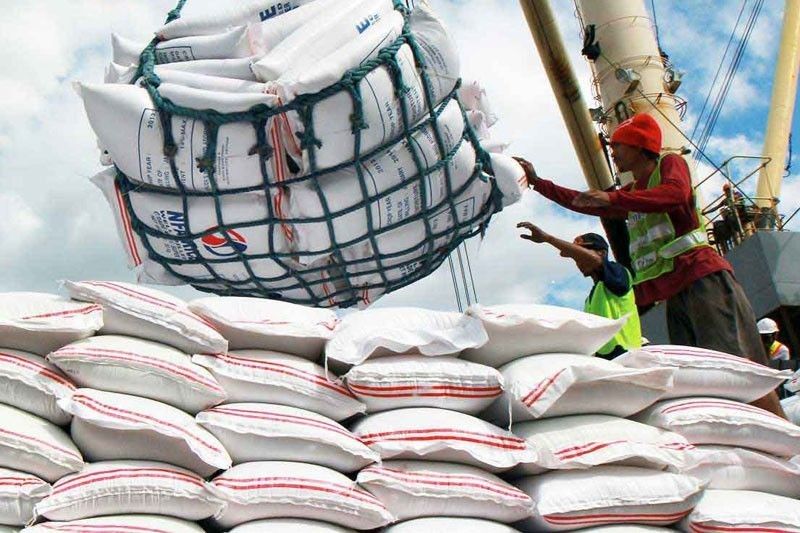
In a radio interview yesterday, Agriculture Assistant Secretary and deputy spokesman Rex Estoperez said the DA treats El Niño just like other calamities as its effects on agricultural production could be similar to typhoons. STAR / File
MANILA — The government is preparing for the worst-case scenario on the country’s rice supply amid the threat of El Niño phenomenon, a ranking official of the Department of Agriculture (DA) said.
In a radio interview yesterday, Agriculture Assistant Secretary and deputy spokesman Rex Estoperez said the DA treats El Niño just like other calamities as its effects on agricultural production could be similar to typhoons.
“The impact could be similar if we have calamities like typhoons as it could affect our rice production. The NFA (National Food Authority) is tasked to buy palay for the country’s buffer stock, but if worse comes to worst based on Republic Act 11203, we have the Rice Tariffication Law. We can import in case there would be a shortage in the rice supply,” Estoperez said.
In an earlier interview with Estoperez, he gave assurance that the government is bracing for El Niño – a weather phenomenon that could lead to a dry spell – in response to a warning from the Philippine Atmospheric, Geophysical and Astronomical Services Administration (PAGASA) that the country may experience below normal rainfall in the coming months.?
Estoperez added that while the weather bureau said that the impact of the drought could be felt in Visayas and Mindanao, necessary preparations are being conducted in the entire country, including Luzon.
“We are an agricultural country so our interventions covered all the production areas. For Mindanao, we don’t only have palay, we have corn and fruits. In Visayas, we also have palay so we don’t have preference. It’s a matter of prioritizing the assistance to them in terms of what kind of assistance we could provide in preparation for the effect of the El Niño,” he noted.
Estoperez said that among the necessary measures is to address the leakages in the irrigation system to prevent wastage in water supply.
“We know that even if there is no El Niño, we will have a shortage in water supply during the summer season. We really need to strengthen our awareness campaign to conserve water,” Estoperez added.
He added that farmers will also be encouraged to plant varieties which are resilient to heat.
“We are coordinating with other agencies, especially with our attached agencies like the National Irrigation Administration and the Bureau of Soil and Water Management to unify our strategies for the looming El Niño,” Estoperez said.
He reiterated that cloud seeding will be the last option of the government to provide water for irrigation systems.
“Cloud seeding is really expensive, that is why as early as now we need to prepare our water systems and manage our supply,” he said.
PAGASA said that El Niño will likely develop in the third quarter of 2023 and may persist until 2024.
The United States Geological Survey said El Niño refers to the warming of the ocean surface, or above-average sea surface temperatures, in the central and eastern tropical Pacific Ocean.?
It said El Niño recurs every two years to a decade and can disrupt global weather patterns.
The DA said Mindanao had seen the worst El Niño in the country, with 17,000 hectares of farmlands and more than 20,000 farmers affected in 2016.
